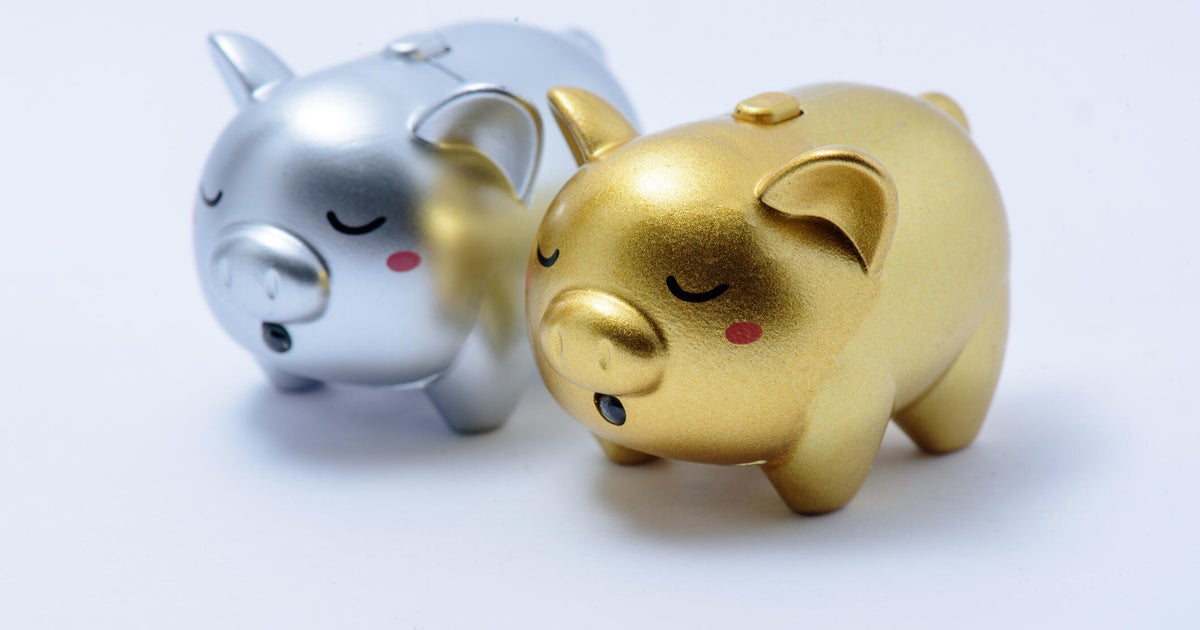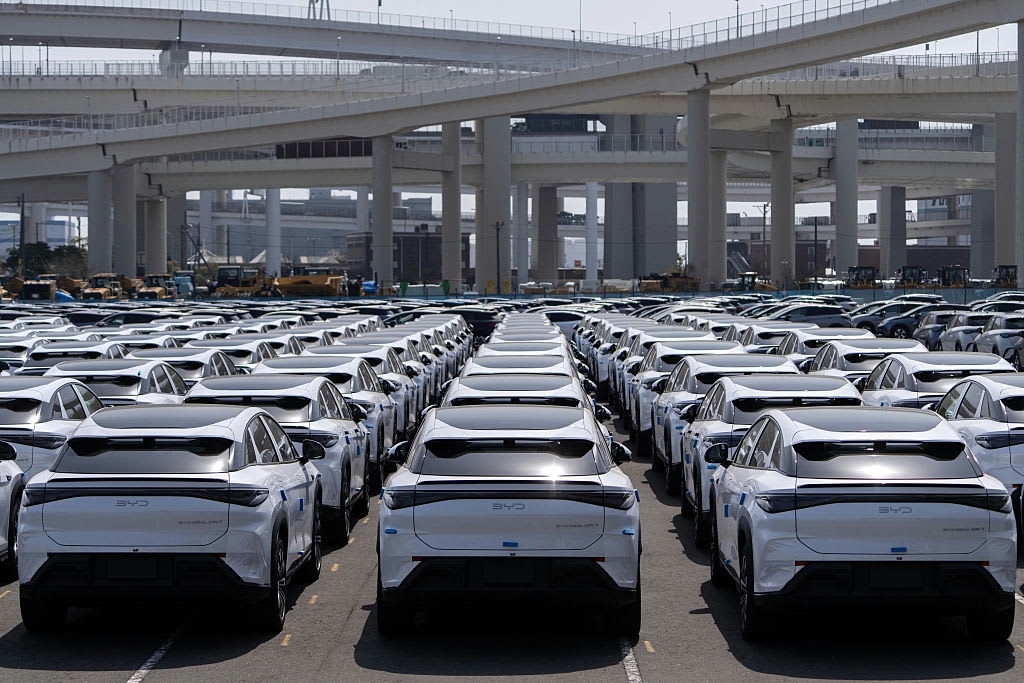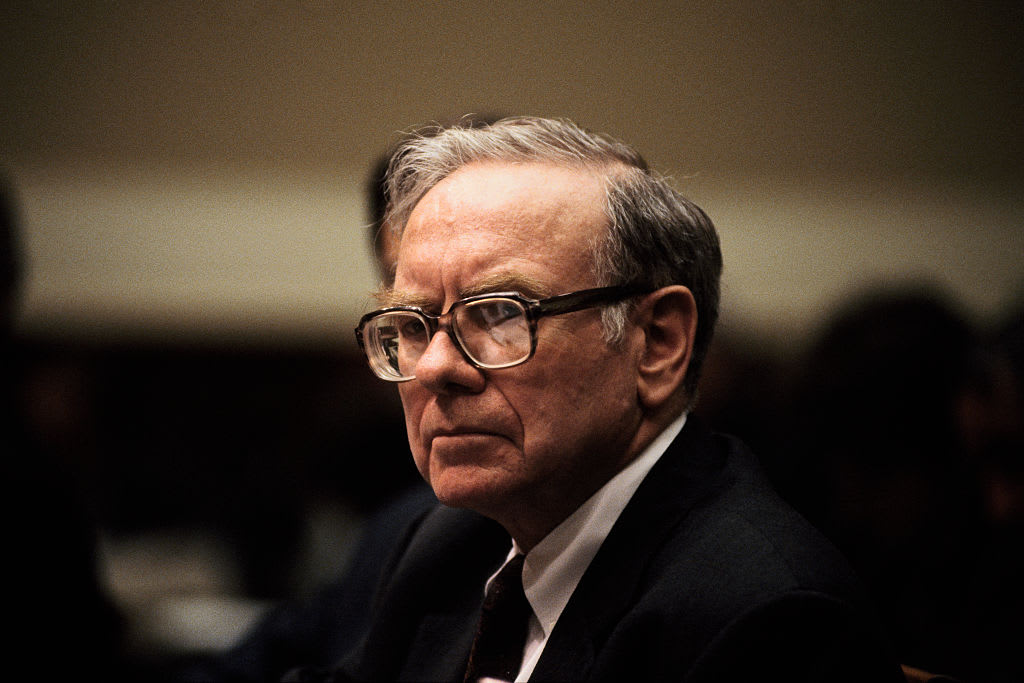Will GE's dividend be cut?
When General Electric (GE) doesn't answer questions about whether the company is going to cut its quarterly dividend, a symbol of stability at one of America's industrial bellwethers, you know it's trouble. After all, the last time GE had to reduce its shareholder payment was at the height of the financial crisis in February 2009, the first cut since 1938.
Nearly eight years after the recession ended, GE may again be considering a move to trim its dividend, a potential blow to the millions of shareholders who have come to expect that income.
One measure of how unusual that would be: GE, the only remaining original member of the Dow Jones Industrial Average, has paid a dividend to investors since 1899. Yet after today's weak third-quarter earnings report and forecasts, it's looking more and more like investors may need to brace themselves for another historical aberration.
The conglomerate missed Wall Street's third-quarter estimates, sending shares tumbling to their lowest since September 2013. It continues a streak of underperformance that's cut the stock by about a quarter of its value this year as the company named a new CEO, forced out some top managers, named an activist investor to the board, and signaled a broad cost-cutting program that may pare the industrial giant's size as the company targets $20 billion in assets for divestiture.
New CEO John Flannery, who took over the company Aug. 1, called the third-quarter results "completely unacceptable" and told analysts on the conference call that "everything is on the table" to improve results. Decisions, including those on the dividend, will be outlined at a Nov. 13 meeting, Flannery said.
Perhaps more important, and a bigger clue to the dividend payout, is GE's cash-flow forecast. GE today slashed its 2017 forecast for the cash flow the company gets from its industrial operations nearly in half, to $7 billion, from an earlier goal of more than $12 billion. GE spends about $8 billion to pay out its dividends annually, according to Bloomberg.
Cash-flow measures are important because they are used to gauge what's left after operations to pay dividends, buy back stock, and invest in businesses directly and through acquisitions to stoke growth.
By one analyst's math, GE's dividend payout ratio -- the amount of earnings needed to keep the dividend payout at its current level -- hovers at about 88 percent. That leaves just 12 percent to invest back into the company and elsewhere if spending isn't slashed or business doesn't improve.
"So how is that level of dividend sustainable without jeopardizing the future growth of the company?" Steven Winoker at UBS asked on an earnings call with GE executives today.
"The lower cash-flow target will likely bolster the market's skepticism over whether GE can sustain its dividend at its current level," wrote RBC analyst Deane Dray in a note to investors.
More than 60 percent of GE's shares are held by retail investors -- that is, individuals rather than financial firms. That makes the decision for GE all the more important: Cut the dividend, and even more investors may flee.
GE shares fell immediately after the company released its latest earnings, but recovered to $23.74, roughly level on the day, shortly before the close of trade.
"The dividend is a priority in our capital allocation framework, and we understand its importance to our investor base," Flannery said on the call.
The $7 billion "is not a zip code we're going to remain in," he said. "We expect improvement in that cash flow substantially in 2018."
The dismal results stem from a bigger-than-expected drop in GE's power equipment division, as well costs for restructuring. GE is the biggest maker of power generation equipment, aircraft engines and locomotives, among other large industrial equipment.
Flannery "is saying all the right things. His words on the call today were aggressive and seem appropriate," Scott Davis of independent firm Melius Research wrote in a note to investors that was highly critical of Flannery's predecessor, Jeffery Immelt, and his 16-year tenure. "It's been a very long time since we've had honest words (matching up with honest numbers) on a GE conference call."
The last time GE faced a cash crunch of such a scale was during the financial crisis a decade ago. GE halted the buyback, and in February 2009 cut its quarterly dividend by 68 percent as the global financial crisis deepened. It was the first cut since the Great Depression, and largely seen as an outside response to freezing capital markets.
With improved cash flow and a slimmed down company, a cut stemming from this cash crunch is unlikely, Davis wrote.
"The dividend won't be cut as GE will focus on growing free cash flow and earning into it," he predicted. "We think that's the right answer as it forces the company to really drive free cash flow from here. They have no choice."





